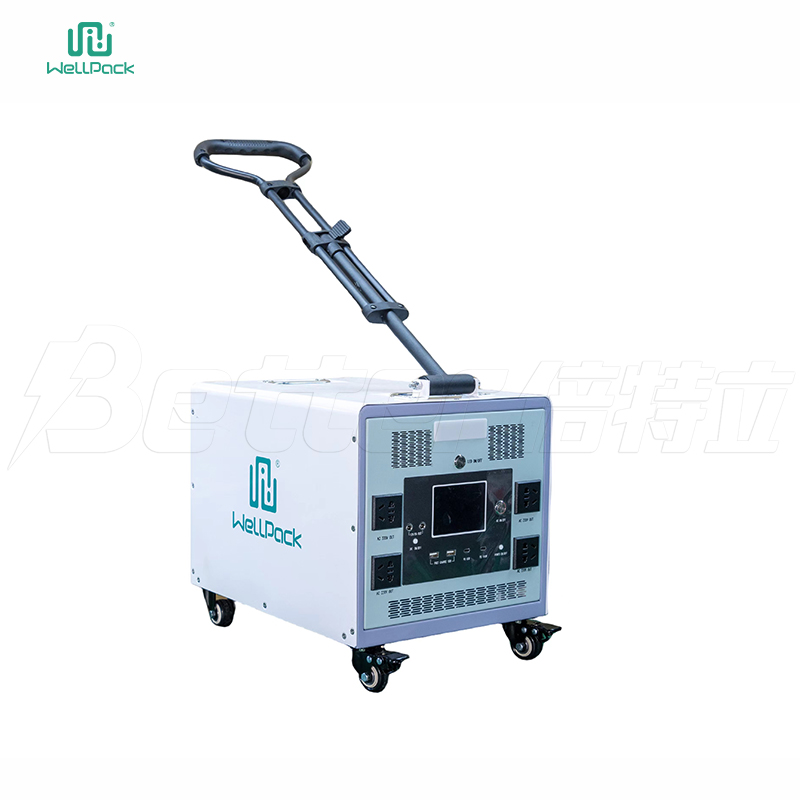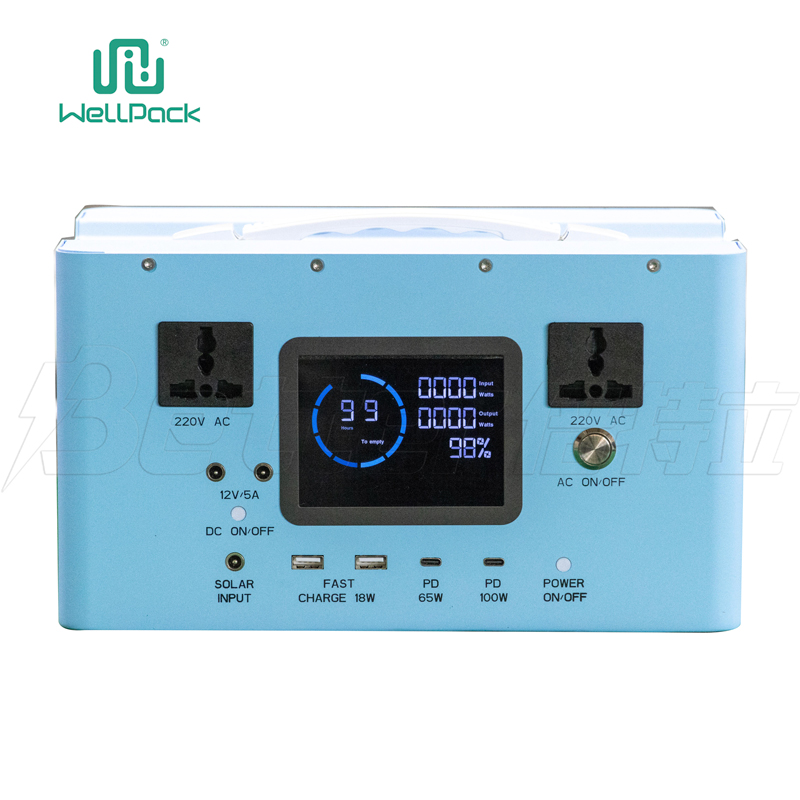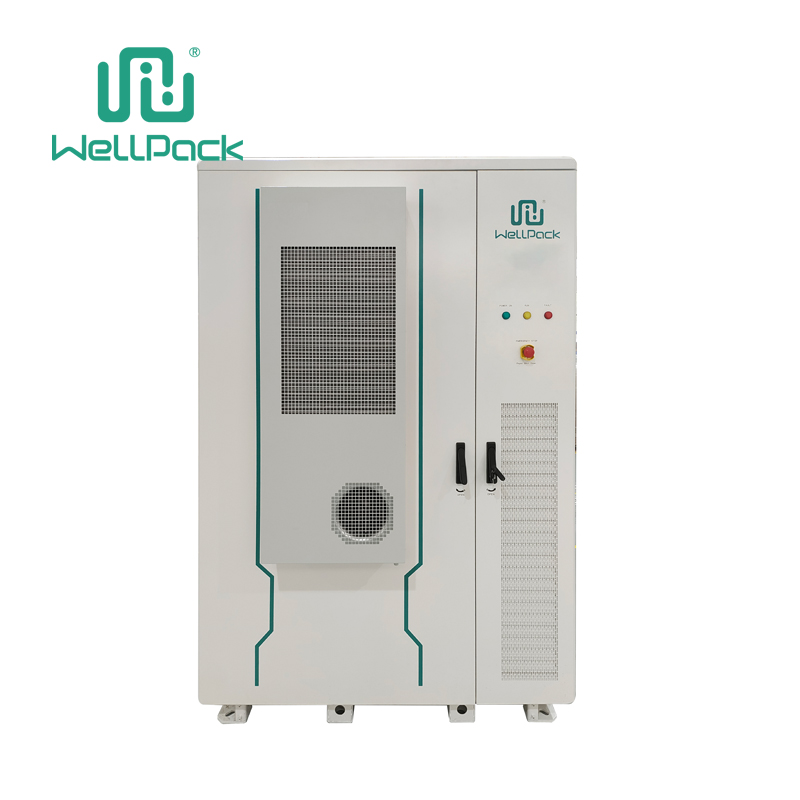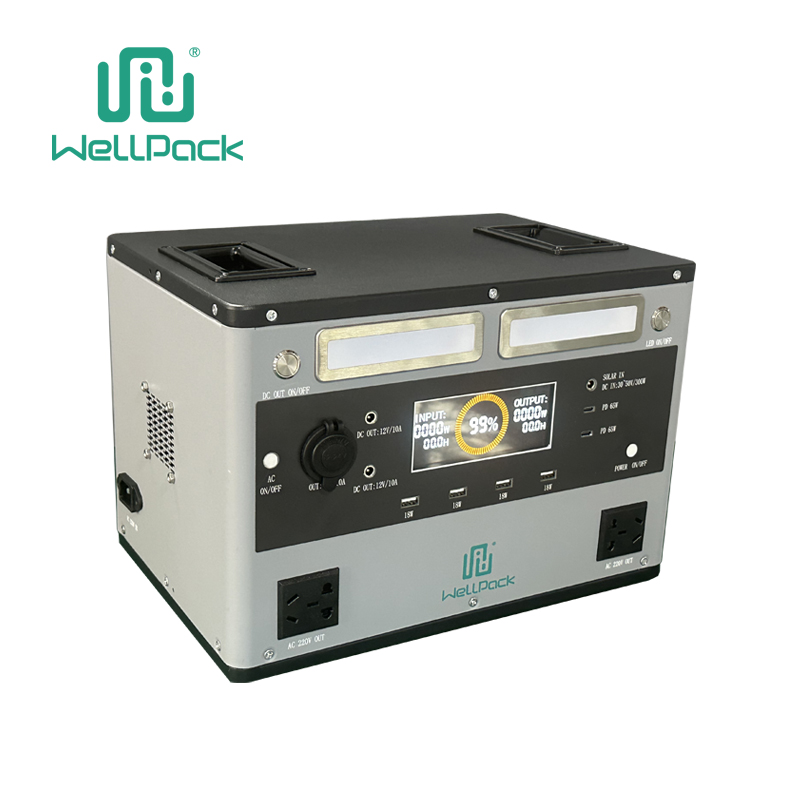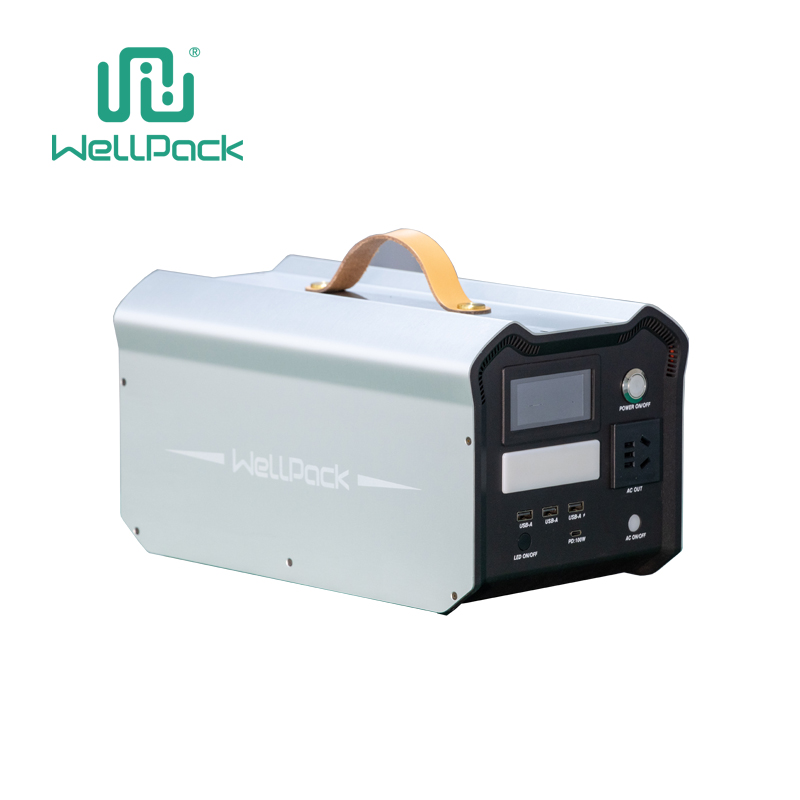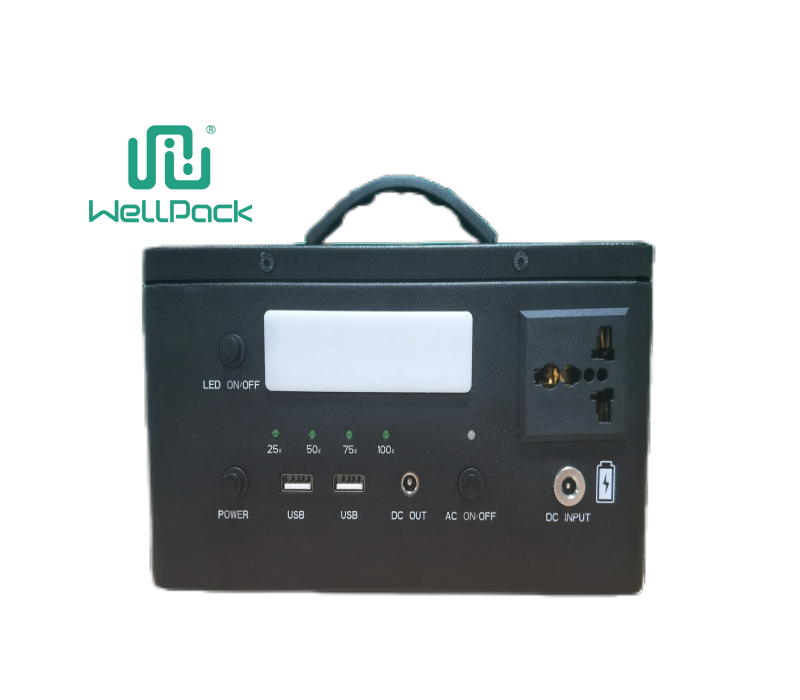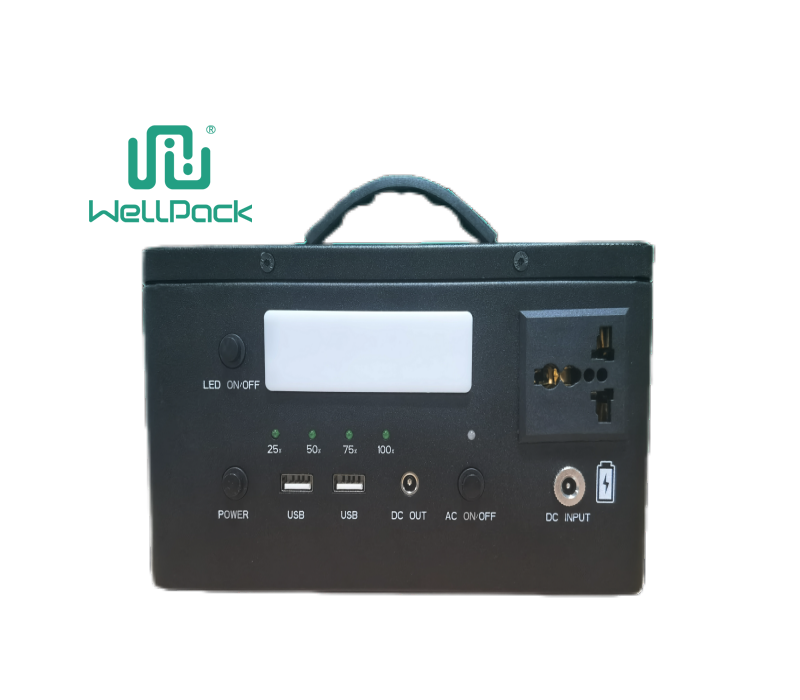Contents
What Is Cold Cranking Amps?
At its core, CCA measures a battery's ability to deliver a strong burst of power to crank your engine in cold conditions. It's not just a number on a label—it's a practical rating that tells you how well your battery will perform when temperatures drop.
The term breaks down simply: "Cold" refers to low temperatures, usually around 0°F (-18°C), where batteries lose efficiency. "Cranking" means starting the engine, and "amps" is the electrical current needed for that kick. A typical car battery might have a CCA rating between 400 and 800, but it varies by vehicle. If you're shopping for a new battery or troubleshooting a no-start issue, understanding cold cranking amps explained starts here: higher CCA means more reliable starts in tough weather.
Why focus on this? In everyday life, especially if you live in a region with harsh winters, CCA directly impacts your morning routine. No one wants to call a tow truck because their battery couldn't handle the chill.
Why Does CCA Matter for Starting Your Car?
Starting an engine requires a lot of juice—up to hundreds of amps for a few seconds. In warm weather, most batteries handle this fine, but cold air thickens engine oil and slows chemical reactions inside the battery. That's where cold cranking amps rating shines. It ensures your battery can push through that resistance.
Consider a diesel truck versus a compact sedan. The truck's bigger engine demands more power, so it needs a higher CCA—maybe 800 or more. Skimp on this, and you'll struggle on those sub-zero days. For daily drivers, matching the manufacturer's recommended CCA keeps things smooth and prevents premature wear on your starter motor.
It's not only about starting; a solid CCA rating also means less strain on the alternator once the engine's running. Over time, this can extend your battery's life and save you money on repairs.
Cold Weather and Battery Struggles
Winter hits batteries hard. At 32°F (0°C), a battery loses about 20% of its capacity. Drop to 0°F, and it's closer to 50% gone. This is why what does CCA stand for becomes a frequent Google search in January—people are stuck in driveways, wondering why their reliable summer battery failed.
Other factors pile on: short trips don't fully recharge the battery, and accessories like heated seats drain it faster. If you're in a snowy area, think about how salt on roads corrodes terminals, indirectly affecting CCA performance. Real talk: ignoring CCA in cold climates is like wearing flip-flops in a blizzard. It works until it doesn't.
To spot issues early, listen for slow cranking or dim lights. These are red flags that your battery's CCA isn't cutting it anymore.
How Is Cold Cranking Amps Tested?
Testing CCA isn't guesswork; it's a standardized process set by the Battery Council International (BCI). They chill the battery to 0°F for eight hours, then hook it to a load tester that draws amps equal to half the battery's CCA rating for 15 seconds. If the voltage holds above 7.2 volts, it passes.
This simulates real-world stress. Labs use precise equipment, but you can get a rough check at auto parts stores with free testers. Just remember, these give a snapshot—cold cranking amps testing in a controlled freeze is the gold standard for new batteries.
Why care about the method? It ensures ratings are comparable across brands. A 600 CCA from one maker should perform like another's, giving you confidence when comparing options.
Picking the Right CCA Rating for Your Vehicle
Start with your owner's manual—it lists the minimum CCA needed. For most cars, that's 500-600. But if you upgrade to a bigger engine or add winches, bump it up 100-200 points for safety.
Don't overdo it, though. A battery with way higher CCA than required is heavier and pricier without much gain in mild climates. Use online calculators from battery makers; input your vehicle details, and they'll suggest a recommended cold cranking amps. Pro tip: in extreme cold, aim 25% above the spec for peace of mind.
Match group size too—CCA is tied to physical dimensions. Wrong fit, and you're back to square one.
CCA vs. Other Battery Specs: What Else to Know
CCA isn't alone. There's cranking amps (CA) for warmer tests at 32°F, and reserve capacity (RC), which shows how long it'll run essentials if the alternator quits. Marine batteries might prioritize MCA (marine cranking amps) over CCA.
Think of CCA as the sprinter—great for quick bursts. RC is the marathoner for steady power. For hybrids or EVs, these ratings evolve, but gas vehicles still lean on CCA battery rating for starts.
Compare them side-by-side when shopping. A battery acing CCA but flunking RC might leave you stranded on a road trip.
Busting Common Myths About Cold Cranking Amps
Myth one: Higher CCA always means a better battery. Not true—it's one piece of the puzzle. A high-CCA lead-acid might underperform an AGM with lower numbers but better vibration resistance.
Myth two: CCA drops off after a year. Actually, quality batteries hold 80-90% for 3-5 years if maintained. Heat kills faster than cold, ironically.
And no, trickle chargers don't boost CCA permanently—they just top off charge. For real gains, focus on clean connections and proper sizing. Debunking these helps you make smarter buys without falling for hype.
Tips to Keep Your Battery's CCA Strong
Regular checks are key. Every six months, clean terminals with baking soda and water to fight corrosion. Park in a garage to shield from extreme temps—extreme cold cranking amps needs extreme care.
Use a battery tender for long storage; it prevents sulfation that eats into capacity. Avoid deep discharges; even one can shave points off your CCA over time.
For off-roaders, secure the battery to minimize jolts. Small habits like these keep your cold cranking amps performance reliable year-round.
Signs It's Time to Replace Your Battery
Watch for sluggish starts, even in mild weather—that's CCA fading. Swollen cases or leaking fluid scream danger. A voltmeter reading under 12.4V at rest? Time to swap.
Age matters: three years is average lifespan, but test annually. If your battery's original, and you're seeing error codes, don't wait. Proactive replacement beats a dead battery at rush hour.
Load tests at shops confirm CCA health. Better safe than shoveling snow by headlight.

